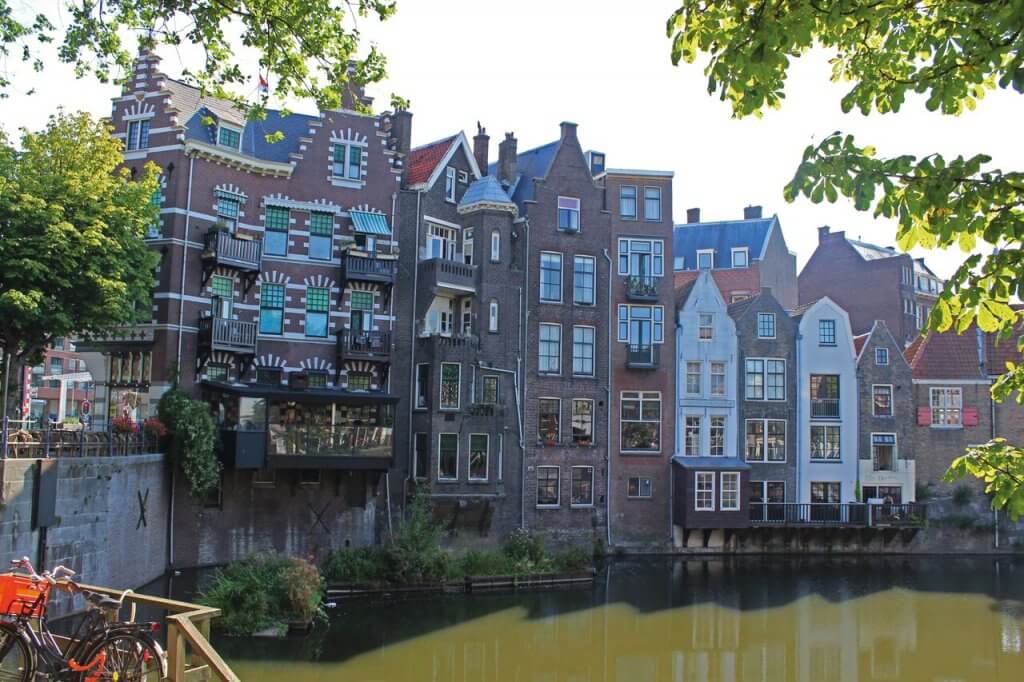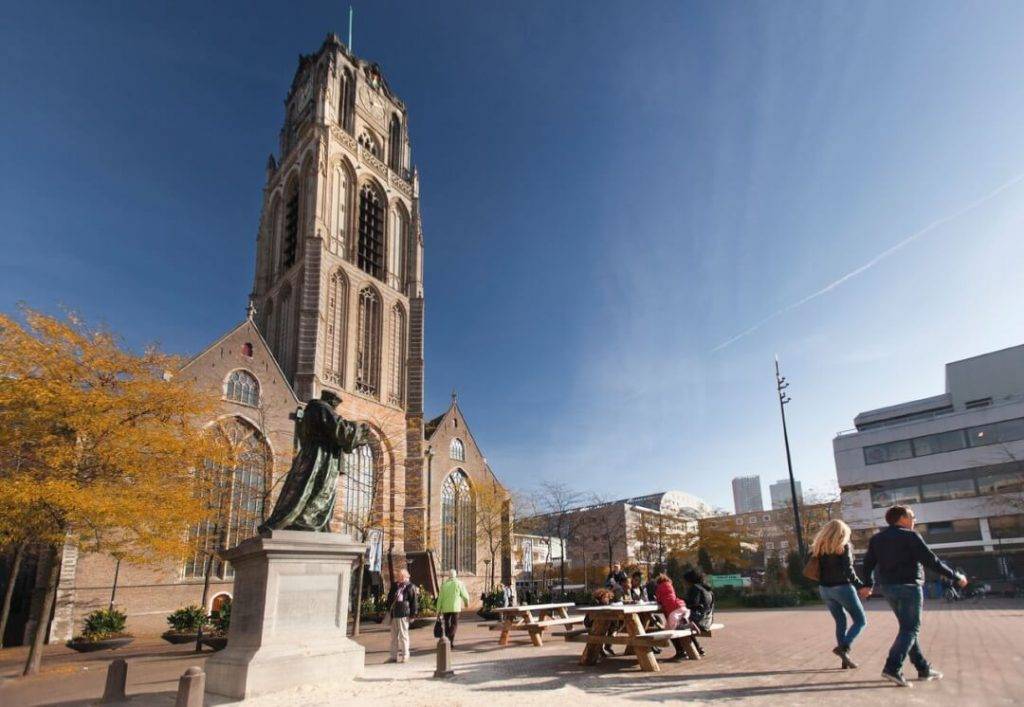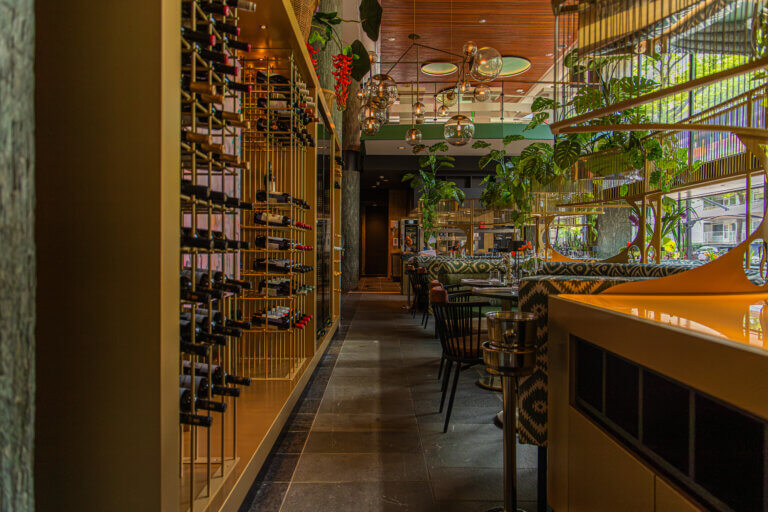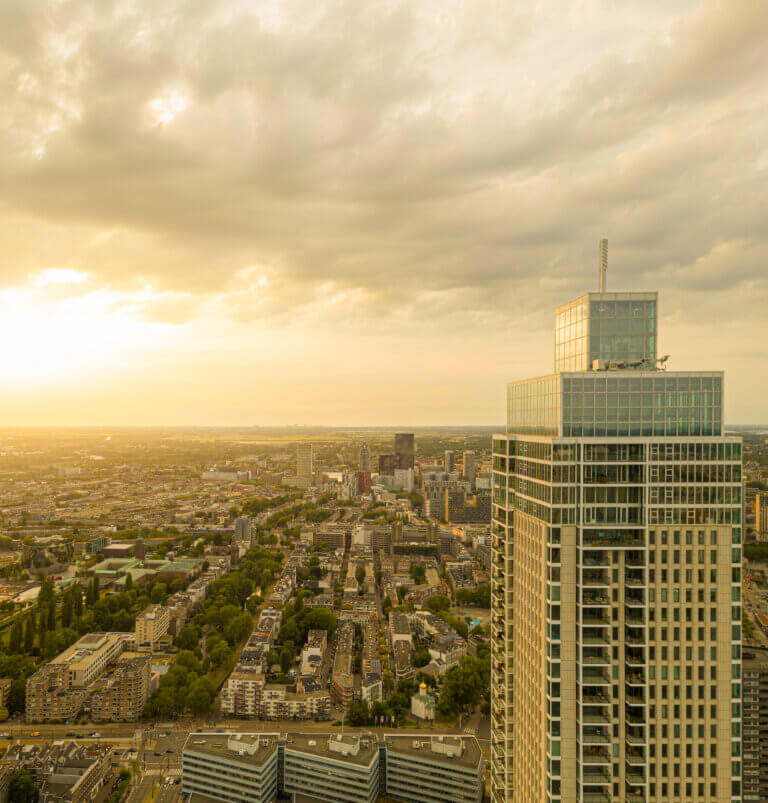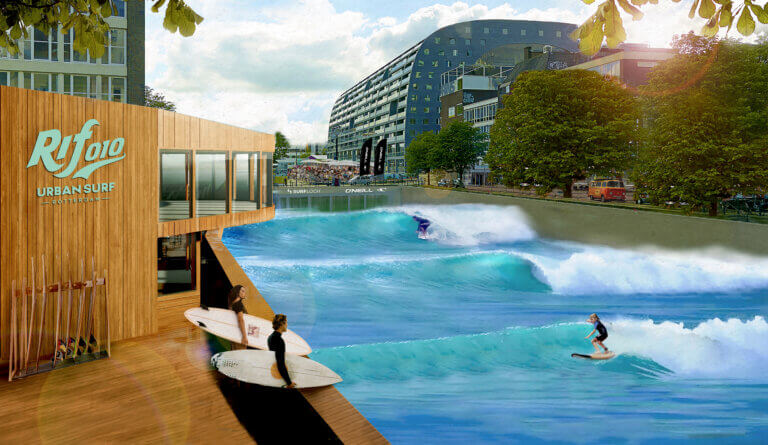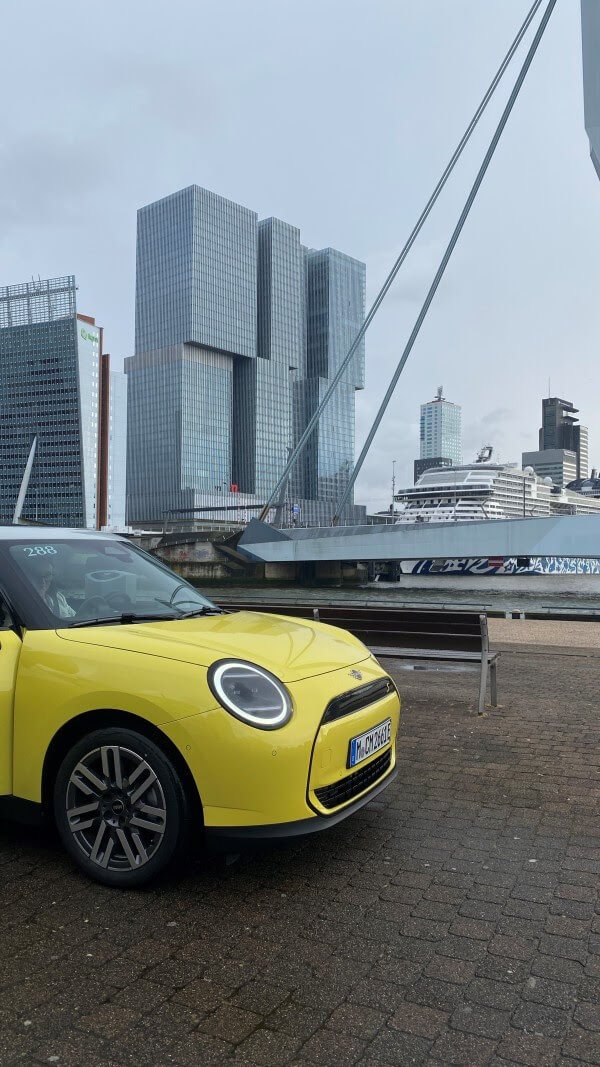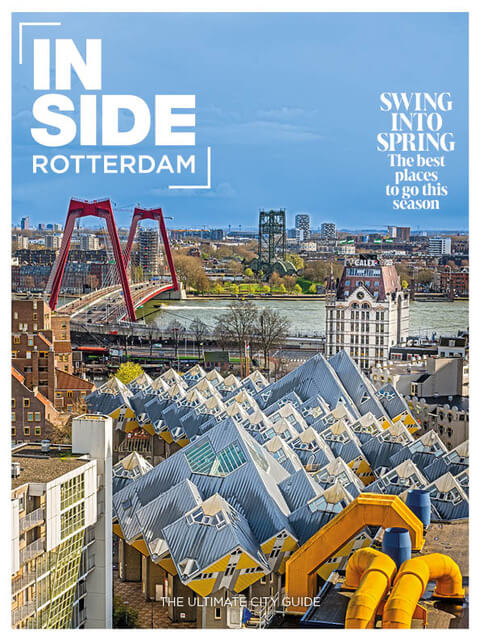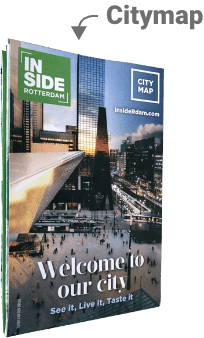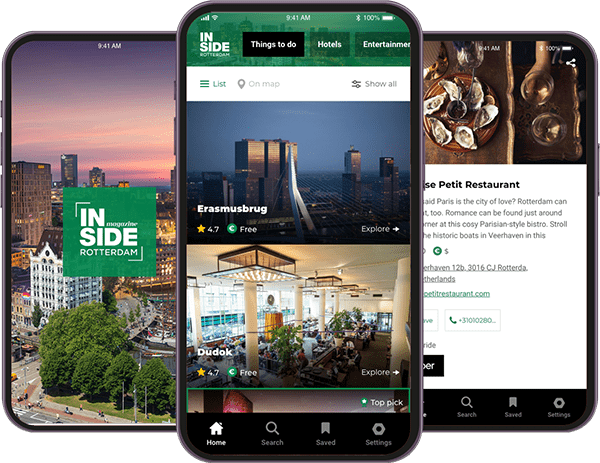Rotterdam is a super-modern architectural feat; a city boasting the country’s tallest skyscrapers that tower over its evocative riverside setting. What happened to its centre though, and how is it that it lacks a historic heart? Let us explain…
It’s hard to imagine so today, but less than 100 years ago Rotterdam was a city much like Amsterdam, with charming canals flanked by stately mansions. It has been said that in the Golden Age (17th century) 010 (the area code for Rotterdam and how the locals refer to their city) was unrivalled in terms of its atmosphere, vigour, and prosperity.
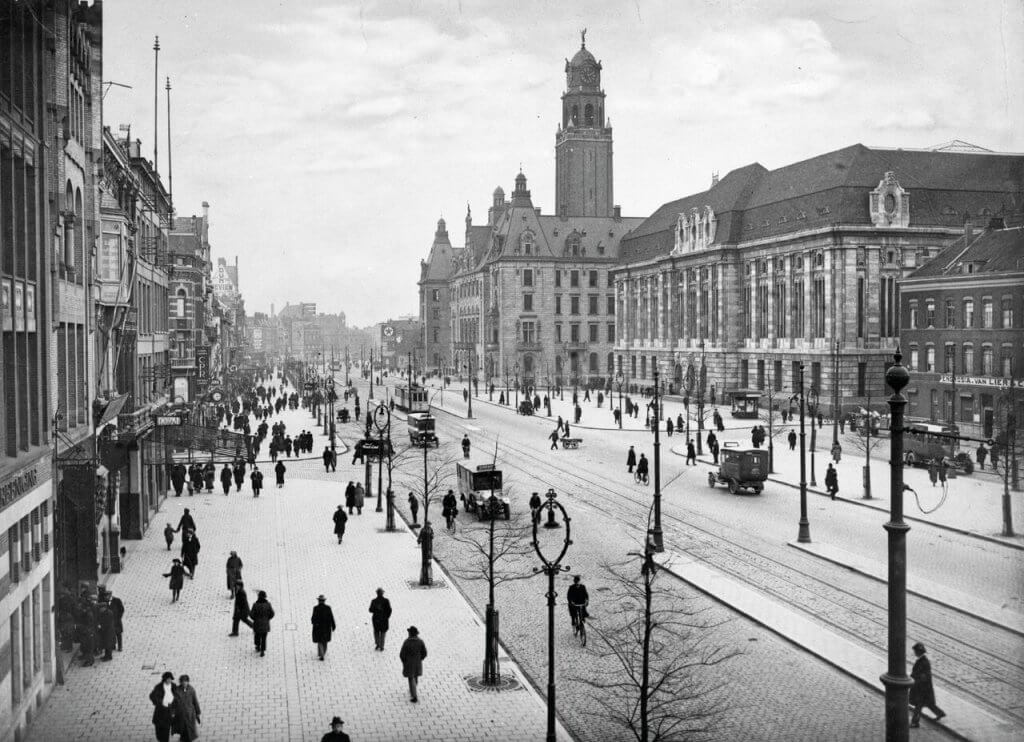
You would be hard-pressed to find a Rotterdammer who hasn’t wondered how the city might look today had it not been for the devastating bombardment of 1940. Would it be just like Amsterdam, where hordes of tourists are seen every day strolling around and exploring its historic streets and canals? Most likely yes.
Reduced to ruins
On 14 May 1940 at the beginning of WWII, German bombers completely destroyed Rotterdam’s centre in an attack that barely lasted 15 minutes. It was days before all the fires could be extinguished. Once they had, all that remained was a smoking void. The nearby neighbourhoods of Kralingen, Crooswijk, and Oude Noorden were also severely damaged. Around 850 residents were killed during the bombardment and 80,000 became instantly homeless. Around 25,000 homes and a further 11,000 buildings were completely destroyed. Included in those statistics were 26 hotels, 117 pensions, 44 lodgings, 31 department stores, at least 2300 shops, 31 factories, 1319 places of employment, 675 warehouses, 1437 offices, 13 banks, 19 consulates, 69 schools, 13 hospitals, 24 churches, four train stations, two museums, around 500 cafés and restaurants, 12 cinemas – all gone in an instant. In total around 250 hectares of the cityscape disappeared; 252 streets and their buildings simply vanished. In 1943, the city suffered another heavy bombardment, this time from American fighters flying across from England. Sixteen thousand people were again made homeless and 10 hectares of built up area destroyed. That was the final blow for the city that had been recognized for hundreds of years as an historical stronghold of freethinkers. A tolerant place where great thinkers, philosophers, and scientists felt at home, and an effortless place for ships to sail into with its accessible harbours. In the 17th century Rotterdam was an affluent merchant city with busy quays and a profusion of shops. With the trade came money and influence.
Erasmus
Even before the Golden Age Rotterdam had made its mark on the map. Its many printing and publishing houses attracted scientists and scholars from everywhere. The most famous of them is Rotterdam’s own, Desiderius Erasmus (1469-1536), namesake of the city’s university. Miraculously, the Laurenskerk, in front the bronze statue of the sage, survived the bombing for the most part. Wijde Kerkstraat, the street Erasmus was born in, also exists to this day, although is now an unremarkable narrow alleyway running between new apartment buildings.
If you search you can still find remnants of Rotterdam’s historic past in amongst the modern buildings and harbour developments. The 17th century Schielandshuis is one of them, standing proud alongside the shiny new buildings surrounding it. The almost 100-year-old library building on the Nieuwemarkt is another.
Delfshaven
If you really want to see how Rotterdam used to be, go to Delfshaven where it feels as if time has stood still. This is the place where sailor and folk hero Piet Hein was born in 1577, and where the pilgrim fathers set off in the 17th century for the long journey to the New World (the Americas). The Pilgrim Fathers Church is open to visitors on Friday and Saturday afternoons. Delfshaven has many cafés and is a great place to spend the day hunting for antiques.
Editor: Evelien Baks

